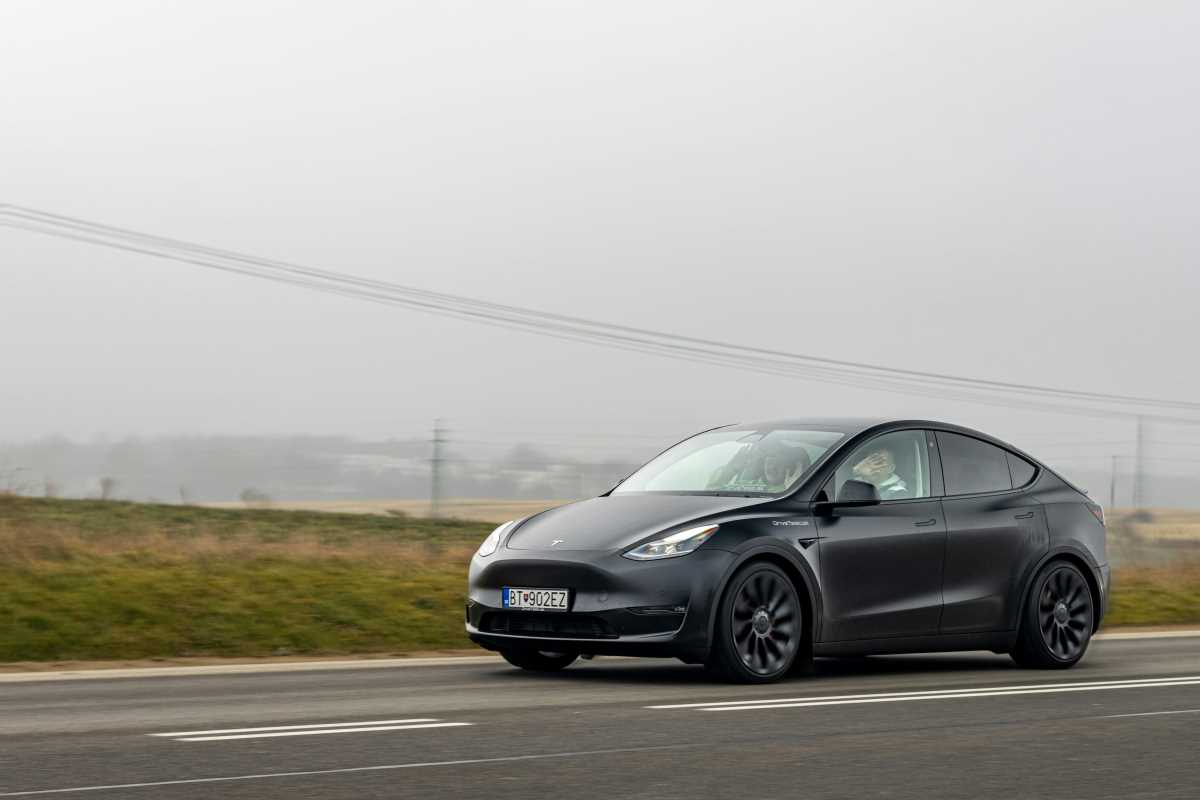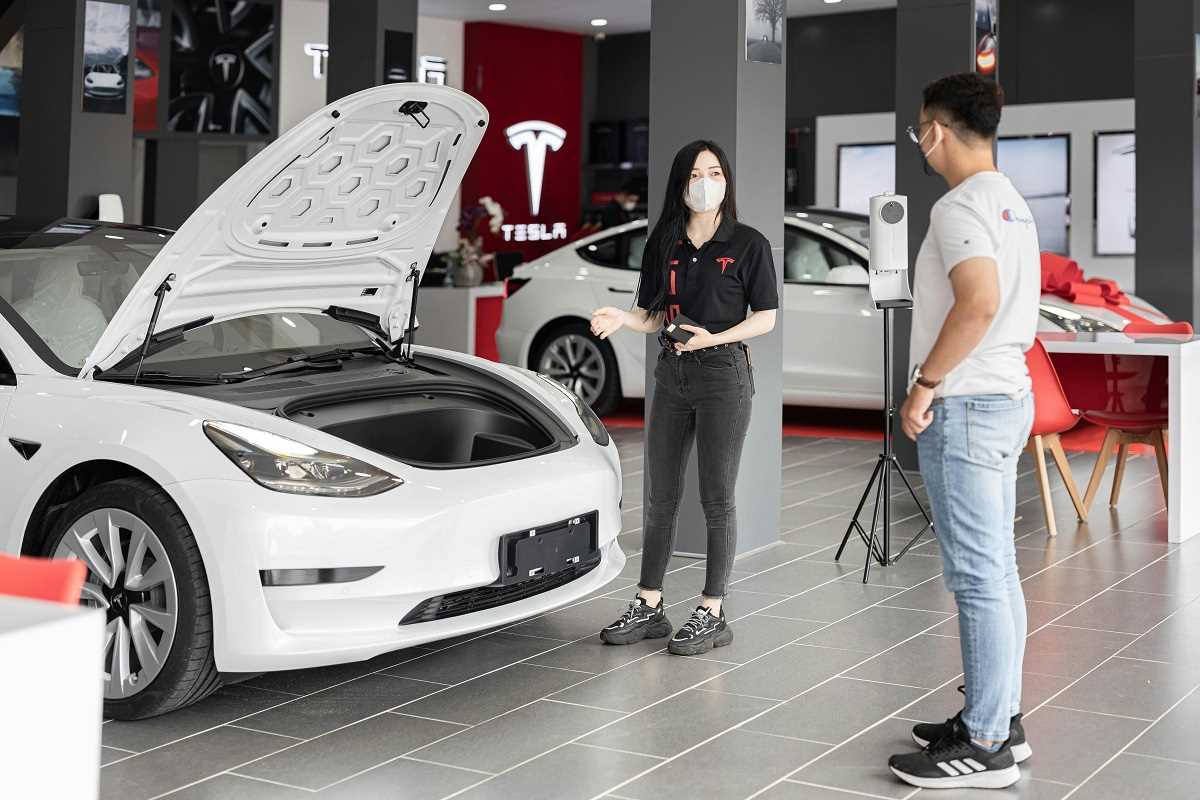Timing can be everything when it comes to buying a car. Savvy shoppers know that picking the right time of year to make a purchase can mean thousands of dollars in savings. Dealers often adjust pricing and promotions depending on the calendar, making certain months more advantageous for buyers. This FAQ guide will explore the best times of the year to buy a car and some insider tips to help you maximize savings.
Why Does Timing Matter When Buying a Car?
Timing affects car prices due to supply, demand, and dealership goals. Here’s why it’s worth considering:
- End-of-Year Discounts: Dealers are motivated to meet annual sales quotas, leading to aggressive deals.
- New Model Rollouts: When a new model arrives, older versions often go on clearance, even if they’re still great cars.
- Seasonal Trends: Demand for specific types of cars, like convertibles in summer or 4WD in winter, affects pricing.
By purchasing at the right time, you’ll benefit from lower prices and better incentives like cash rebates or low-rate financing.
What Are the Best Times of the Year to Buy a Car?
Timing your car purchase can significantly impact the price you pay. Below, we break down optimal periods for securing the best deal.
1. End of the Year
- When: October through December
- Why It’s Great: This is one of the best times to shop for a car. Dealerships are eager to clear out inventory to make room for the next year’s models and achieve annual sales goals.
- Savings Opportunities:
- Huge year-end promotions and discounts.
- Better negotiation power as dealers push to meet quota deadlines.
- Tip: Aim for the last week of December, especially if it overlaps with model year-end sales. Many buyers find that New Year’s Eve offers the biggest discounts.
2. End of the Month
- When: The final week of any month
- Why It’s Great: Car dealerships work toward monthly sales quotas. If they’re close to meeting their targets, they may offer steeper discounts to lock in sales before the month closes.
- Savings Opportunities:
- Greater dealer willingness to negotiate.
- Special end-of-month financing incentives.
- Tip: Visit the dealership closer to closing time on the last day of the month for maximum leverage.
3. Model Year-End Sales
- When: Late summer to early fall (August through October)
- Why It’s Great: Automakers begin phasing out current year models to make room for next year’s lineup. This transition means deep discounts on “last year’s” models, even though they’re often just a few months old.
- Savings Opportunities:
- Save thousands on a current-year car marked as "outgoing" inventory.
- Access heavily promoted factory incentives like rebates or low-interest financing.
- Tip: Look for models still sitting on the lot toward the end of September or October when inventory pressure is high.
4. Black Friday and Holiday Sales
- When: November, particularly Black Friday and through the Thanksgiving weekend
- Why It’s Great: Black Friday isn’t just for TVs and appliances. Many dealerships advertise Black Friday events with flashy promotions and extra perks like no-interest loans and bonus cash.
- Savings Opportunities:
- Lower-than-average pricing paired with seasonal perks.
- Extended test-drive events and added financing promotions.
- Tip: For the best Black Friday deals, arrive early and secure pre-approval for financing beforehand to streamline the process.
5. Memorial Day and Labor Day Weekends
- When: Memorial Day (last weekend in May) and Labor Day (early September)
- Why It’s Great: These major holidays are well-known for promotions and discounts encouraging holiday shoppers.
- Savings Opportunities:
- Reduced pricing on midsize and full-size sedans, SUVs, and outgoing models.
- Extended dealership hours and bonus incentives.
- Tip: Do your research in advance because holiday weekends bring more foot traffic, and inventory can sell fast.
6. Early in the Week
- When: Mondays and Tuesdays
- Why It’s Great: Traffic at dealerships is lighter early in the week, giving you more attention from sales staff and better opportunities to negotiate.
- Savings Opportunities:
- The ability to take your time during test drives.
- Personalized sales consultations compared to busy weekends.
- Tip: Schedule your visit first thing in the morning to maximize time with knowledgeable staff.
7. The Last Year Before a Redesign
- When: Right before a model gets a major update
- Why It’s Great: Automakers often apply aggressive discounts on outgoing generations when a new model is just around the corner. While the design won’t be as fresh, you’ll enjoy significant savings.
- Savings Opportunities:
- Price drops on a reliable, proven design.
- Extra incentives, including trade-in bonuses.
- Tip: If the redesign isn’t dramatically different, the outgoing model might still be just as good at a much lower cost.
Are There Times to Avoid Buying a Car?
While there’s no bad time to buy, certain periods are less likely to net significant savings. Here’s when to be cautious:
- Early in the Month: Dealers are less motivated to meet quotas, so discounts might not be as competitive.
- Tax Season: Between February and April, tax refunds often spark increased demand, which can drive up prices.
- High-Demand Vehicle Launches: When a hot new model debuts, prices tend to stay high due to limited supply and high buyer interest.
If possible, hold off until demand stabilizes or discounts start rolling in.
How Can I Maximize Savings Regardless of Timing?
Even if your buying timeline doesn’t align with major sales events, there are other ways to save:
- Do Thorough Research: Use online tools to compare prices, and check for current manufacturer incentives.
- Get Pre-Approved for Financing: Knowing your budget gives you negotiating power.
- Be Flexible: Consider multiple vehicle options and trim levels to score a better deal.
- Negotiate Trade-In Value and Extras: If the price isn’t negotiable, push for added perks like free maintenance, extended warranties, or all-weather mats.
- Shop Online: Some dealerships offer exclusive online discounts or delivery perks.
Remember, dealers are more likely to offer a deal if you appear well-informed and prepared.
Additional Resources for Smart Car Shopping
To ensure you’re getting the best possible deal, consider these helpful tools:
- Car Buying Services: Online platforms like TrueCar or Kelley Blue Book allow you to compare prices and find pricing trends for specific vehicles.
- Incentive Alerts: Sign up for automaker promotions and newsletters to stay updated on rebates and financing offers.
- VIN History Reports: Use services like Carfax to confirm a vehicle’s condition and avoid surprises when shopping for used cars.
Which Time of Year Offers the Overall Best Savings?
For most buyers, December remains the ultimate month to buy a car. By combining holiday sales, end-of-year incentives, and dealers eager to hit annual quotas, December often delivers the most significant price reductions. However, opportunities abound year-round if you plan strategically and align your purchase with model clearance cycles and holiday promotions.







